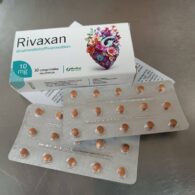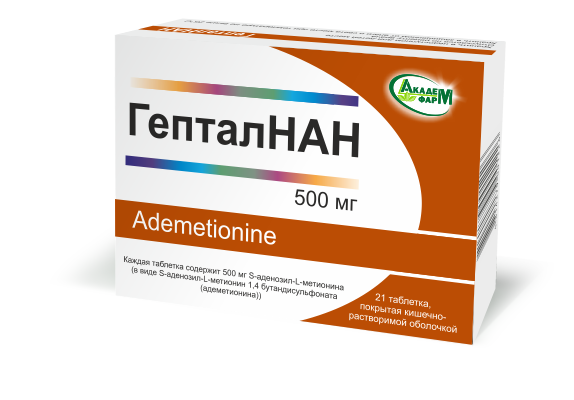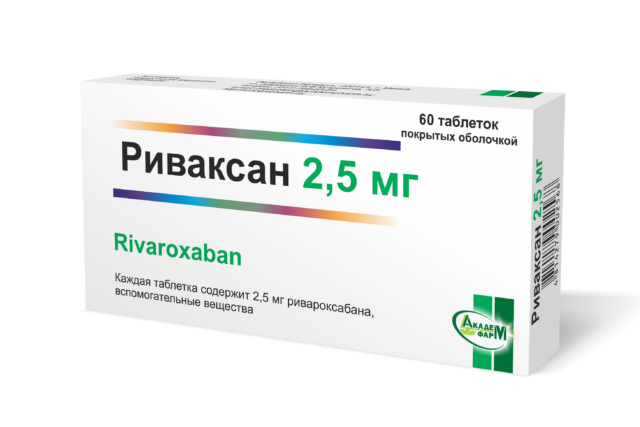
ACADEMPHARM opened its doors to partners: a tour was held for the Iskamed pharmacy chain.
19.09.2025

Delivery of Rivaxan to the National Health System of the Republic of Cuba
19.09.2025

The first batch of Rivaxan was produced in Cuba.
19.09.2025

ACADEMPHARM and Brest RUE “Pharmacy”: a training seminar at Pharmacy Museum No. 21 in Baranovichi
19.09.2025

Visit of the President of the Republic of Cuba to ACADEMPHARM
19.09.2025

ACADEMPHARM is on the Honor Board of the Pervomaisky District
19.09.2025

Spring, male hormones and health: what you need to know
04.03.2025
Cholestasis (cholestasis; greek cholē bile + stasis standing) — this is a pathological condition characterized by a decrease in the release of bile into the duodenum, which occurs as a result of a change in its composition of disorders of formation or excretion from the liver through the intrahepatic and extrahepatic bile ducts. Bile is an enzyme involved in the digestion of fats that enter the gastrointestinal tract from food. Bile secretion occurs in hepatocytes (liver cells) by filtering blood from unpaired abdominal organs (stomach, pancreas, and intestines).
According to the location of the pathological process, cholestasis is divided into:
• extrahepatic – bile stagnation occurs outside the liver;
• intrahepatic – stagnation of bile is localized inside the liver.
Extrahepatic cholestasis develops due to the presence of a mechanical obstruction to the outflow of bile, which is observed in cholelithiasis, cancer of the head of the pancreas and biliary tract, stenosing pancreatitis, congenital malformation of the bile ducts, sclerosing papillitis, peptic ulcer with postbulbar localization of the intestinal ulcer, polyperic ulcer lymphadenitis, cancer of the large duodenal papilla.
The main causes of intrahepatic cholestasis are viral, alcoholic and other damage to the liver cells. In some cases, the cause of intrahepatic cholestasis remains unclear (for example, with cholestasis of pregnant women, with primary biliary cirrhosis).
In pathogenesis, the greatest importance is attached to damage to the secretory apparatus of hepatic cells and bile ducts, in which there is a violation of bile secretion, reabsorption and secretion of fluid and electrolytes in the bile ducts. Symptoms of cholestasis The complex of symptoms depends on the degree of liver dysfunction and the absorption of fats and fat-soluble vitamins into the body.
For cholestasis, a diet high in protein is recommended; fats due to a violation of their absorption due to insufficient intake of bile are limited to 40 g per day.
With intrahepatic cholestasis, etiotropic therapy is effective – treatment aimed at eliminating the cause of the disease. The most active liver antioxidant glutathione plays an important role in detoxification processes, the amino acid ademetionine increases hepatic glutathione levels in patients with liver damage.
Ademetionine is a substance of natural origin that is present in almost all tissues and fluids of the body. Patients suffering from cholestasis, it is advisable to use ademetionine.

The drug in this group is HeptalNAN 500 mg (State Enterprise “ACADEMFARM” Belarus). Many studies have shown the high effectiveness of ursodeoxycholic acid in the treatment of cholestasis. The drug in this group is Ursaklin 250 mg (State Enterprise “Academpharm” Belarus). The duration of therapy and doses depend on the severity of the disease and are determined by the doctor.



